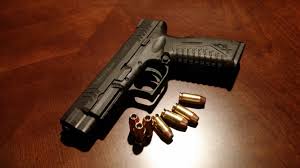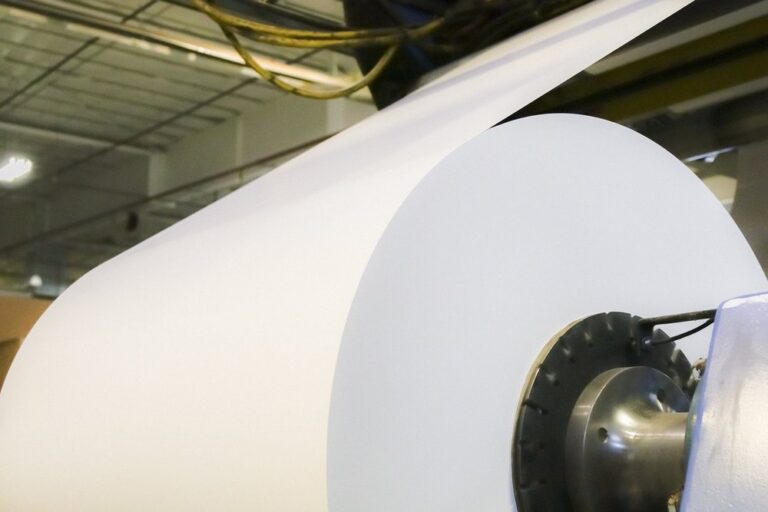How to Safely Maintain and Clean Your Firearm
Gun parts need regular cleaning to stay in working condition, like removing carbon buildup from a rifle’s bolt carrier group to prevent jamming. Establishing a routine helps you catch issues before they cause malfunctions. Here is how you can safely maintain and clean your firearm:
Designate a Cleaning Zone
Choose a well-ventilated area specifically designated for gun cleaning to minimize inhalation of solvent fumes. Taking your gun outdoors or to an isolated garage also minimizes the possibility of accidents caused by distractions within the home. Removing pets or children from the gun cleaning area helps maintain focus on safe handling as you begin the cleaning process. Protect yourself and others by utilizing a distraction-free zone.
Use Proper Cleaning Techniques
Water, grime, and gunpowder can build up in the barrel, action, or trigger mechanism when you’re outdoors, especially when hunting in wetlands or dusty areas. If not removed, these elements might result in misfires or gun malfunctions. Tailor your cleaning regimen to the conditions where you hunt. Upland bird hunters should focus on removing dust, and waterfowl hunters need to focus on clearing out moisture to protect their firearms’ components. Maintenance extends the firearm’s functional lifespan.
Remove Nearby Ammunition
When unloading before cleaning, take precautions to remove any loose rounds from the vicinity. Storing rounds in a separate room provides further safety. This practice avoids accidental chambering of stray live rounds during the cleaning process. Even when you’re certain you have unloaded the gun, avoid pointing it at another person. Confirming that no ammunition touches the bench allows you to safely inspect and clean your gun parts without the risk of misfires.
Inspect Parts Regularly
Early identification of wear on firing pins, extractors, or other rifle components prevents breakdowns in the field. Hunting can place significant stress on firearms, especially in harsh environments, which can speed up wear and tear. Some issues may not be noticeable, like a stuck safety or a hairline crack in the bolt.
Regular examinations can intercept these dangers before they cause major issues. Professionals can inspect or replace certain gun parts. Add visual inspections as part of your post-cleaning process to confirm readiness before using the gun again.
Utilize Quality Supplies
Equipping yourself with premium cleaning kits and tools makes the job easier while protecting your firearm. Invest in cleaning sets that include rods, patches, brushes, and solvents, so you can easily reach all gun components and bores. Quality cleaning products are intended to minimize the risk of accidentally causing degradation.
Using the wrong brushes or failing to remove solvent residue can cause scratches or corrosion that affect long-term performance. Having the right tools helps clean all components without causing further damage. Work with a supplier to find a cleaning kit that is specifically designed for your firearm.
Purchase Gun Parts and Cleaning Tools Today
Cleaning the barrel, action, and recoil springs removes carbon fouling that can cause misfeeds, accuracy drift, or cycling issues. Inspecting parts during cleaning helps you spot early signs of wear, like chipped lugs or weakened springs, before they lead to malfunctions in the field. Adopting the right cleaning products also supports the longevity of your firearm. To establish a cleaning routine that helps prevent issues, contact a gun parts and tools supplier today.
- Creating Custom Screen Printed Shirts with Adobe Express: A Modern Guide to Personalized Apparel
- How to Safely Maintain and Clean Your Firearm
- 3 Ways To Keep Your Guests Comfortable at Your Wedding Venue
- Historic Homes in Michigan: Special Considerations for Waterproofing
- 5 Different Kitchen Remodeling Tasks


